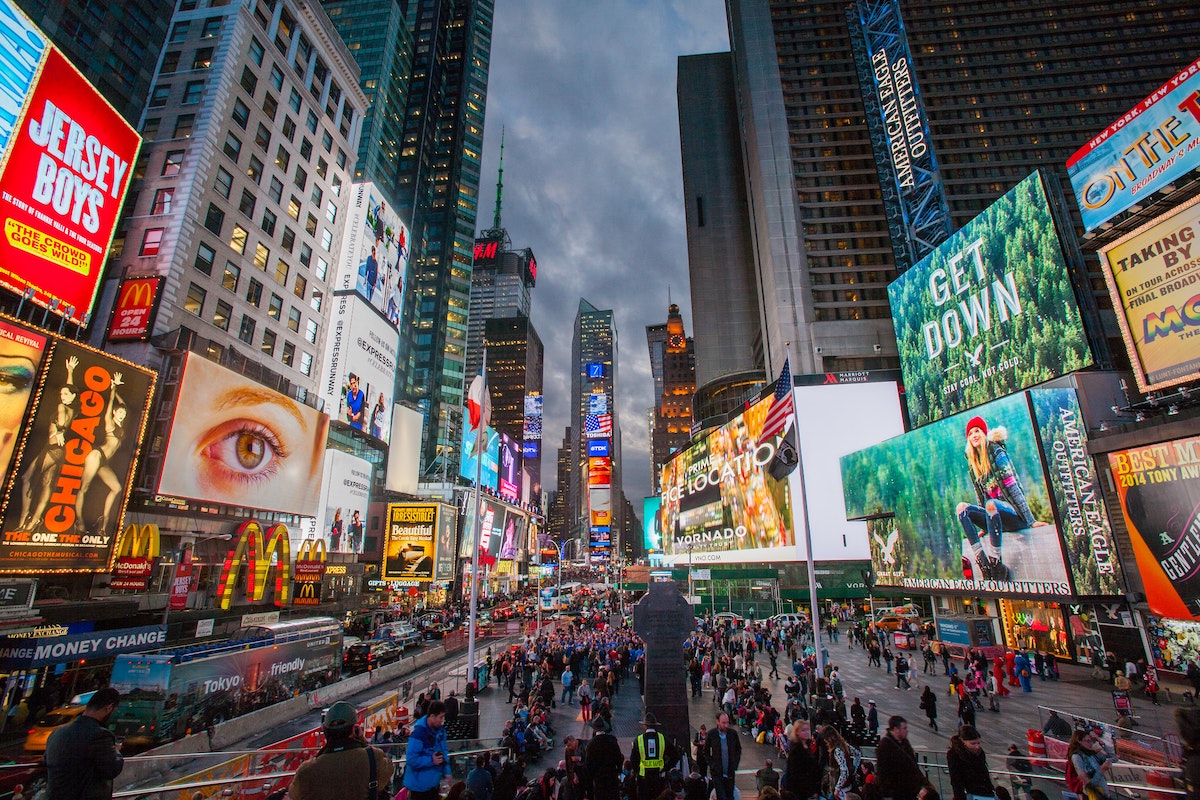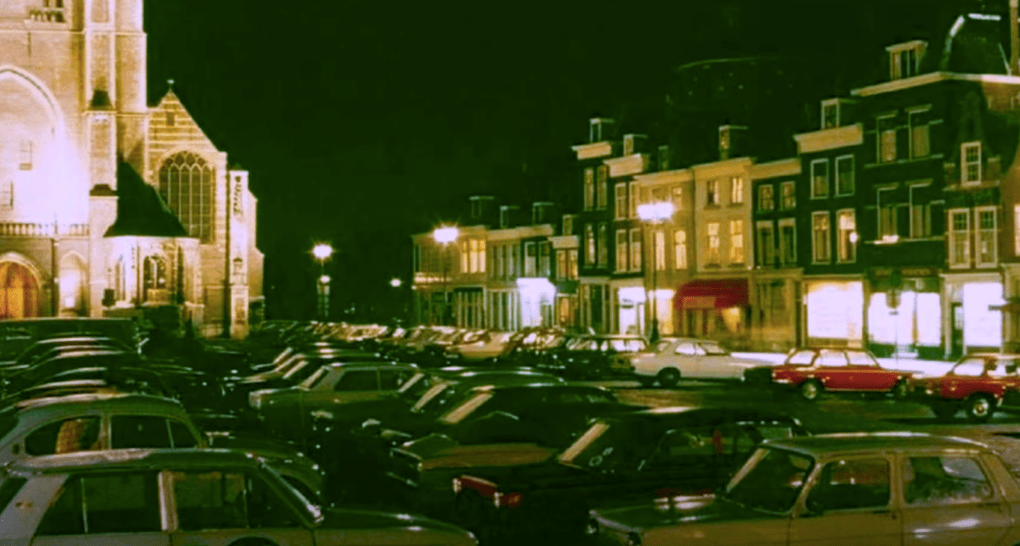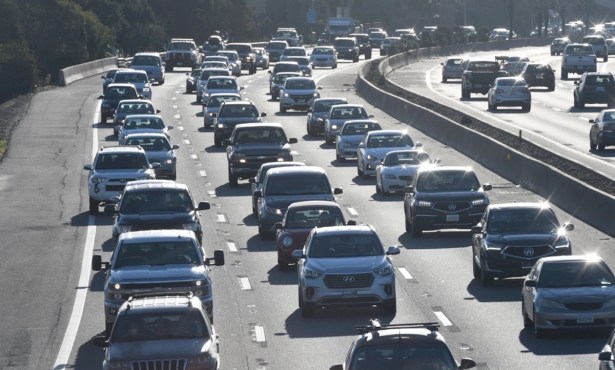Reimagine De la Guerra Plaza
Time to Take Back the Public Space from Invading Automobiles

After reading the comments sent in to the Historic Landmarks Commission about the De la Guerra Plaza remodel, it seems that a small group of very motivated individuals are convinced that the design is unsalvageable or will somehow ruin our whole city.
Most of these comments are misguided at best.
As the 21st century progresses, cities across the world, and especially in this country, are “taking back” their public spaces from the cars that invaded them about 100 years ago. The trend started early in the Netherlands, and has spread from there. A great early example not too different from our beloved plaza can be seen in the city square of Delft, in the Netherlands:
BEFORE:

AFTER:

Here, the city square went from being a lifeless, loud car park to a bustling, pedestrian- and bike-friendly gathering place. Then there are many more examples close to home. Perhaps the most famous town square in America, Times Square, had a significant remodel, completed in 2017, in which car traffic was eliminated to create seating and walking areas, as described at curbed.com.

In fact, one need not look any further than Market Street in San Francisco, which has removed cars completely and is in the planning stages of a major remodel.
The important thing is this: The pedestrianization of our public spaces is not a trend or a fad. It’s not even a new idea. Before the automobile, all the spaces I mentioned above and our own Plaza de la Guerra were crisscrossed by people on foot every day for hundreds or even thousands of years, depending on the city. The introduction of cars onto our streets a little more than 100 years ago took those spaces away from us, and now we are simply taking them back.
Cities across the country are taking the same steps to bring back pleasant, quiet, and enjoyable streets for walking and biking only. In many of those places, the decision makers face the same fury and confusion that we have here.
Let me counter these concerns (in italics) with some facts:
Loss of parking will cause people to stop shopping: As the city traffic study stated, there is more than enough parking in the numerous lots, some of which are only half a block from the plaza, to accommodate the extra cars. This is a claim that has been voiced the world over, but numerous studies have shown that foot traffic actually increases due to the more pleasant nature of the area.
Closing the street will create more traffic elsewhere: Again, not really. After Market Street in San Francisco was closed, there was nearly no increase in traffic on parallel roads. The same goes for 14th Street in New York and many more cities.
De la Guerra Plaza is used well today: This is absurd. I lead historic tours past the plaza nearly every weekend, when it should be busiest. The most activity I have ever seen there is a couple of homeless people and someone parking a car. People who make broad statements about the plaza being “well-used” but don’t offer any examples should be treated as hearsay.
There shouldn’t be features to attract children: This is perhaps the saddest claim of all. In the U.S., we have a distinct lack of mixed-use public spaces. We have parks with playgrounds isolated in neighborhoods but far from businesses, and businesses isolated from large gathering spaces. In Europe, and even on the East Coast, this is not the case. Placing something to attract families right next to State Street will make the plaza a destination of its own. Currently, there is no reason to go there other than to “pay your utility bill” as one commenter put it. I remember once while walking though the hot summer sun in Jerusalem, I came upon a splash pad in a small public square. Children ran, screaming joyfully, through the mist, while parents sat in the shade on nearby benches and conversed. This place felt alive. Contrast that to the dead quiet or engine noises of De la Guerra Plaza today.
Perhaps the most important inaccurate claim: “De la Guerra Plaza has always been this way, so that’s how it should stay!” First of all, this is just untrue. Once the town began to be formed in the early 1800s as small landowners built adobes within walking distance of the Presidio, De la Guerra Plaza took shape as a dusty space between the haphazardly placed adobe homes around it. There was no grass square, palm trees, or benches. Then, from 1874 to 1923, City Hall itself stood directly on top of the plaza’s current open space, and two palm trees mark its boundaries. In the 1920s, architect Bernhard Hoffman, who planned the famous El Paseo and restored the De la Guerra adobe, actually proposed plans to redo the plaza replete with a grand fountain. George Washington Smith, Lutah Maria Riggs, and James Osborne Craig also proposed designs, some including a central bandstand. With the 1925 earthquake shifting focus to rebuilding the city, the many plans for the plaza were never realized.
Using the fact that something has always been a certain way as a reason that it should stay that way is generally ridiculous, but even more so in city planning. Should the Brooklyn Bridge not have been built because “Manhattan and Long Island have always been disconnected”? Should State Street have been rebuilt in a mixture of Victorian and Old West styles after the earthquake because “that’s the way it always looked”? Should De la Guerra Plaza remain a lifeless, empty space with a mismatch of pavement types and no attractive features because “that’s how it’s always been”?
Finally, I’d like to suggest some city-planning YouTube channels that interested citizens would enjoy:
- City Beautiful, created by a Cal Poly professor.
- Not Just Bikes, perhaps the most popular urban-planning channel.
- Strong Towns, created by an American Urban Planner to promote getting rid of car-centric thinking in U.S. cities.




You must be logged in to post a comment.